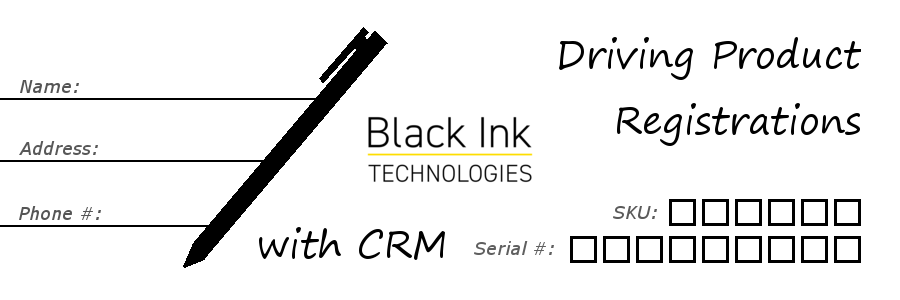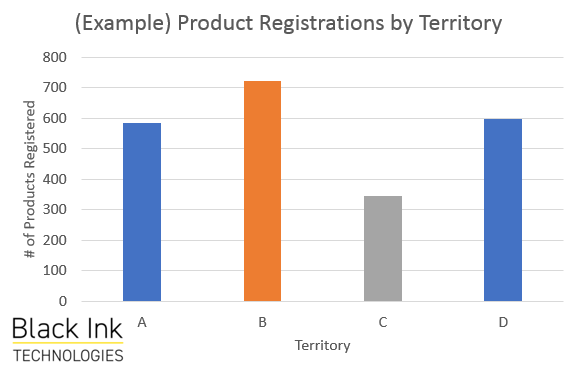How CRM Reduces the Need for Product Registration Incentives
by Black Ink Team

Getting your end consumers to register their product is like getting people at work to sign a birthday card for people they do not particularly like – it is not a simple task, mainly because they seldom think they will get anything out of it.
Offering their end consumers incentives is one way in which manufacturers seek to raise their product registration numbers. The data that product registrations yield about end consumers and their ‘on-the-ground’ use of the product is worth the cost of giving them rebates, improved warranties, et al, is how their reasoning goes. For the most part, it is.
But, what if there was a way to figure out which incentive is the most effective to offer, and eliminate or reduce the risk of overspending? Would that not save your company money and resources, by stopping you from offering more costly incentives when less costly ones have been proven to yield the same results?
As it turns out, there is a way to do that. In enters CRM.

Assuming your CRM has information on whether an end consumer has registered their product, you can query its database to do analysis which will help you make insights into which product registration incentives work best. Doing this correctly grants you a view into which types of end consumers are motivated to fill out product registrations by which incentives, which lets you streamline your sales and marketing budgets.
Obviously, if you offer your end consumers a free Rolls-Royce when they register a product, your product registration numbers will go through the roof. That is not what this exercise is meant to prove.
To minimize the cost of your product registration incentives program, all you must do is run tests. For example, as incentives for registering products, offer rebates (A) one quarter then improved warranties (B) the next, then after those two quarters ‘crunch’ the numbers. Doing this is called ‘A/B testing’ because you are trying to determine which strategy works best, the ‘A’ one or the ‘B’ one.
You may find that different groups of end consumers (or ‘segments’) behave differently. For instance, professionals may be more likely to register their product, if you offer them an improved warranty for doing so, than regular end consumers would be, perhaps because pros use their products more heavily. CRM can be used to find the right mix of incentives to use while driving product registrations.
Find out what giving up their information, i.e. filling out a product registration form, is really worth to your end consumers, by using CRM to discover the facts.
